
Tropical Pitcher Plant (Nepenthes)
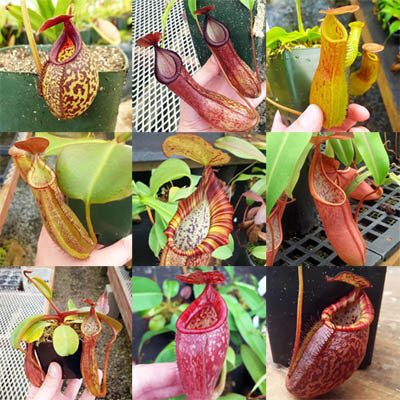
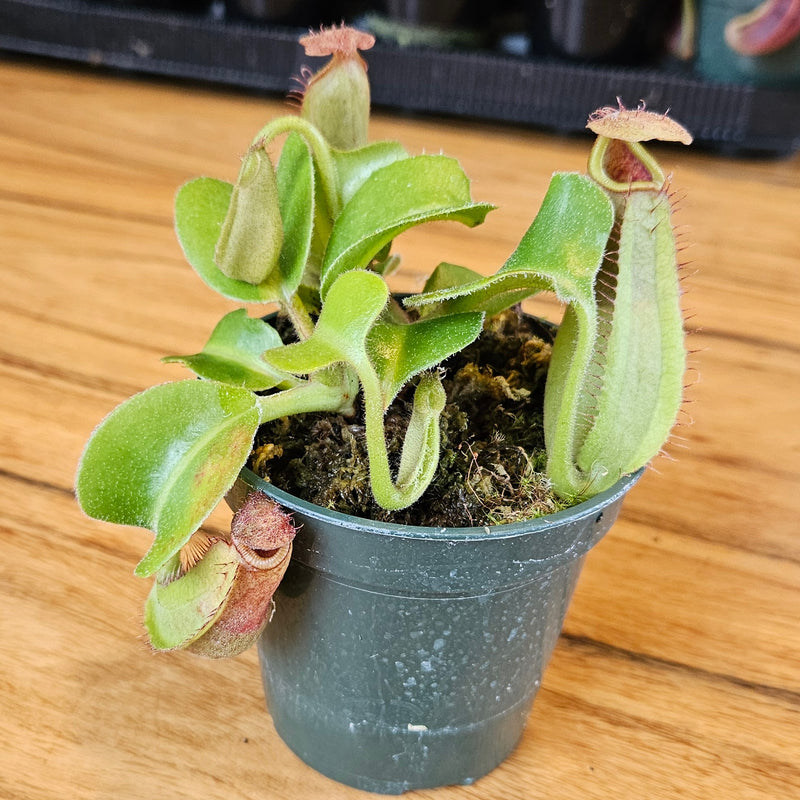
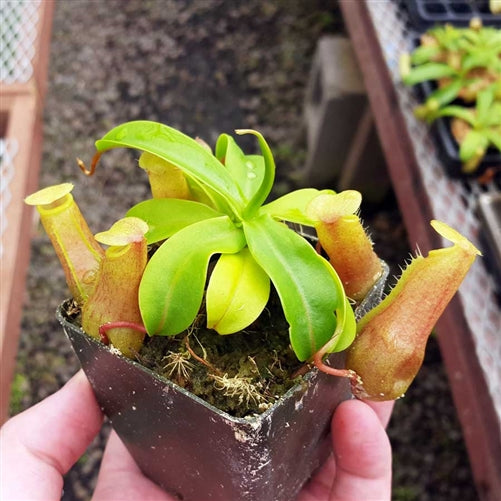
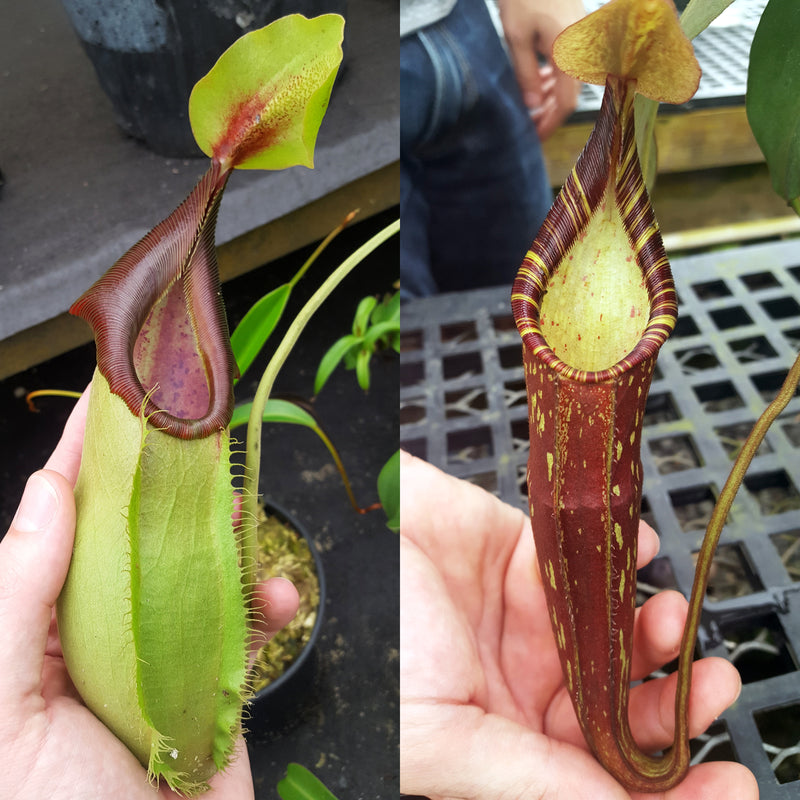
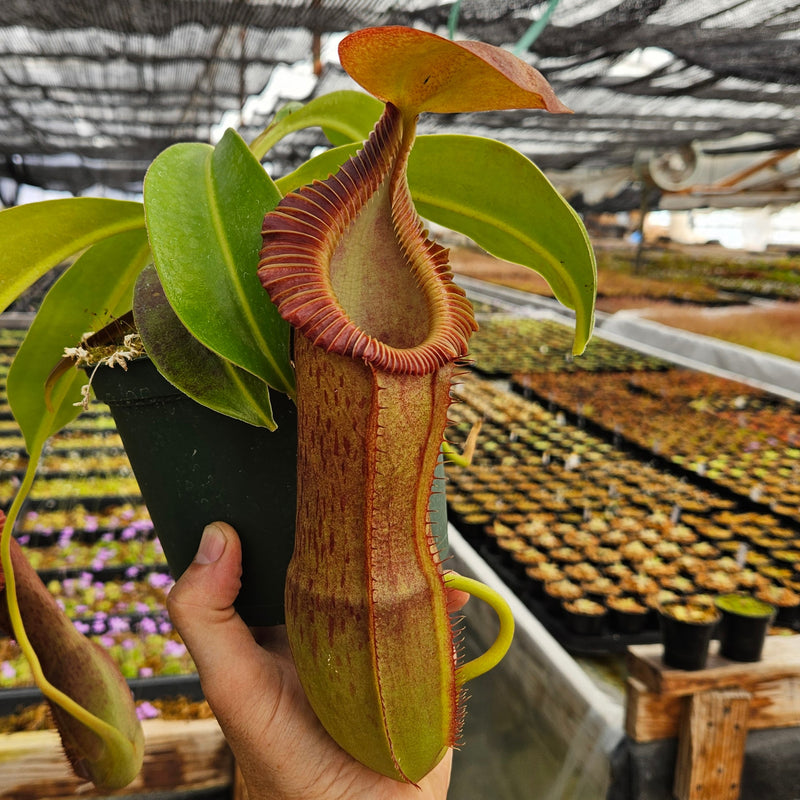

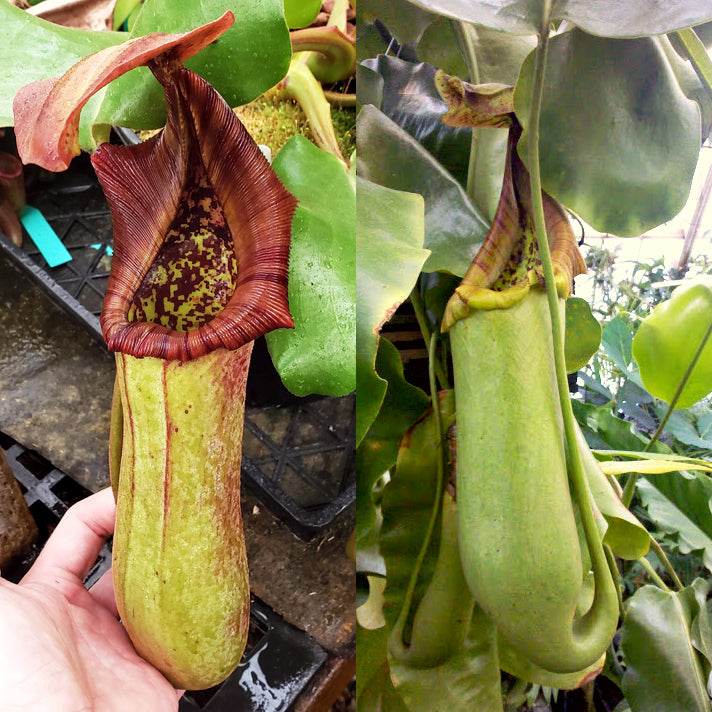
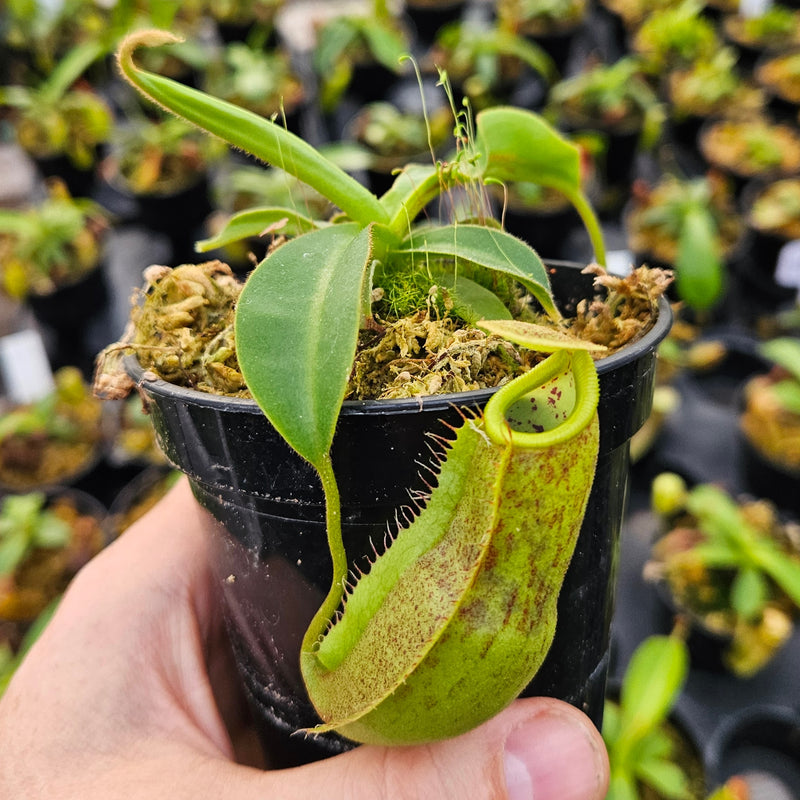
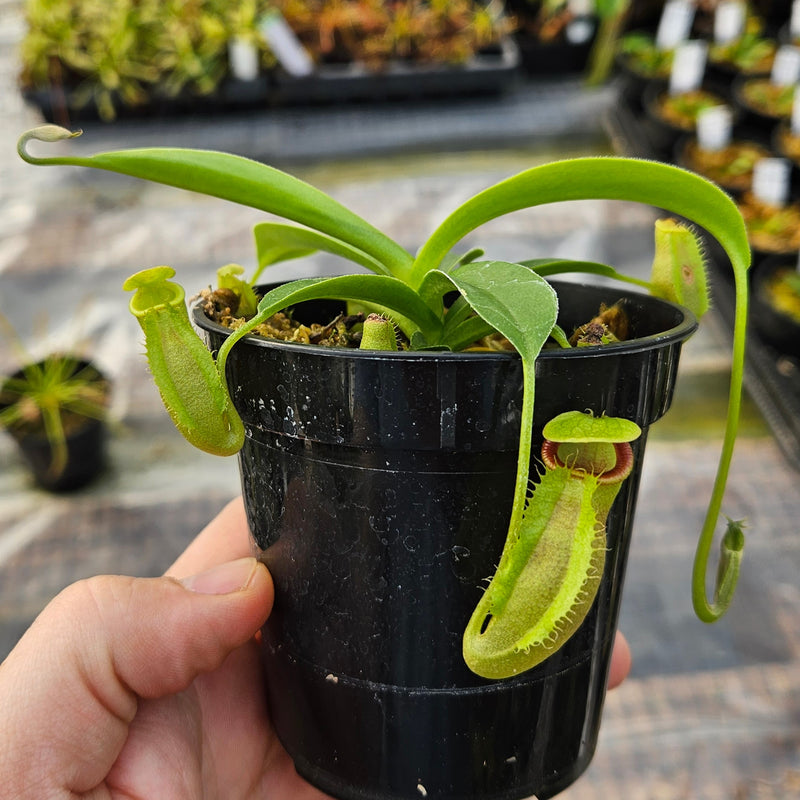
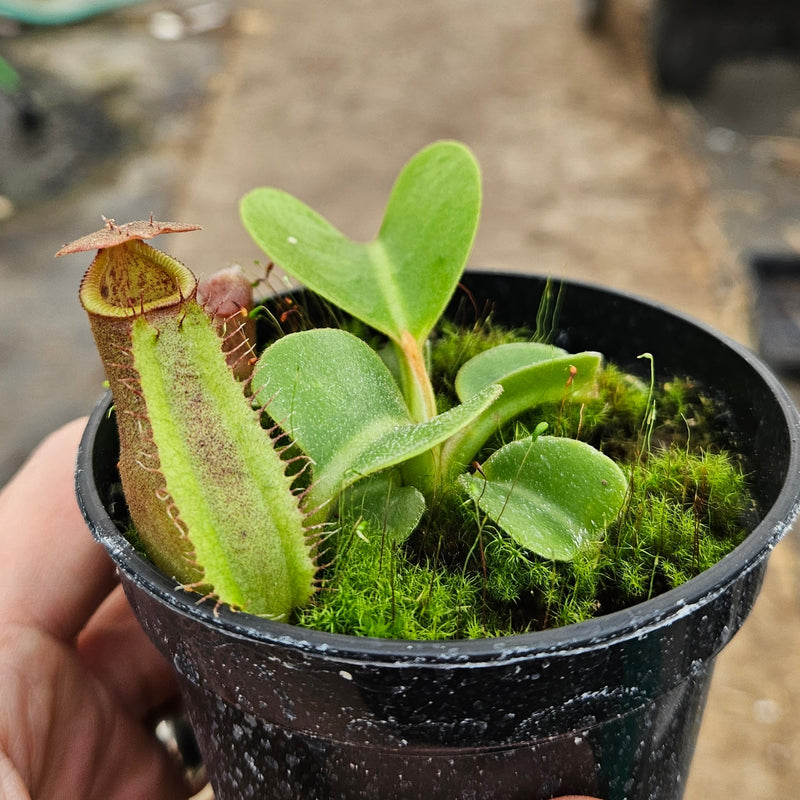
With a distribution from Madagascar to the Philippines, and from India to Australia, Nepenthes are found throughout the South East Asian tropics. Those that grow near sea level are known as lowlanders, and prefer consistently warm temperatures (70-100 degrees F) and high humidity. Species that grow in the mountains at altitudes above 1500 meters (~4500 feet) are known as highlanders. These prefer cooler temperatures (55-90 degrees F), especially at night, and are well suited to growing indoors in many climates.
Nepenthes are technically "lianas", which are vining plants that become woody with age. In the wild many can grow to be dozens of feet long as they climb into the canopy seeking sunlight. Cuttings can be taken from the vines to propagate them, and is one of the best ways for a hobbyist to share with their friends. Most species also form new basal rosettes from the roots, which can be divided off as well.
There are around 150+ Nepenthes pitcher plant species with a wide variety of growth habits and pitcher morphology. Because all species can interbreed there are also thousands of beautiful, fascinating hybrids that come from the horticultural trade. Hybrids tend to be easier to grow, and adaptable to a wider variety of conditions, which makes them perfect for beginners. Elite hybrids are also among the most incredible carnivorous plants around.
In order for tropical pitcher plants to grow well and produce pitchers, Nepenthes need plenty of bright, indirect light. Ambient humidity can help, but light is the most important factor. Many species will also drop their pitchers if temperatures drop below ~50 degrees F, but can grow new pitchers on the new leaves. Nepenthes can be fertilized every few months in order to boost their growth. Use a balanced liquid fertilizer or fertilizer pellet in the pitchers, not in the soil.




 Visit Our Store
Visit Our Store
 Contact Us
Contact Us
